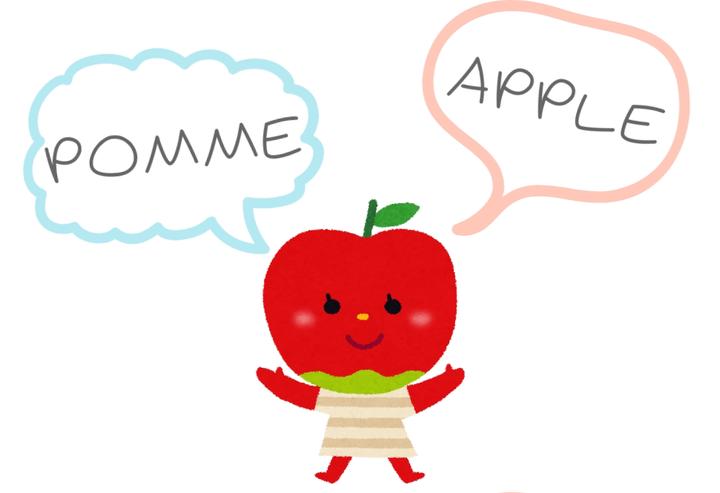Are translation equivalents special?

The acquisition of translation equivalents is often considered a special component of bilingual children’s vocabulary development, as bilinguals have to learn words that share the same meaning across their two languages. This study examined three contrasting accounts for bilingual children’s acquisition of translation equivalents relative to words that are first labels for a referent: the Avoidance Account whereby translation equivalents are harder to learn, the Preference Account whereby translation equivalents are easier to learn, and the Neutral Account whereby translation equivalents are similar to learn. To adjudicate between these accounts, we put forward a computational model — the Bilingual Vocabulary Model — which proposes that the number of translation equivalents bilingual children produce is a function of vocabulary learning in each language, in the context of the number of potentially learnable words given the children’s developmental level.
